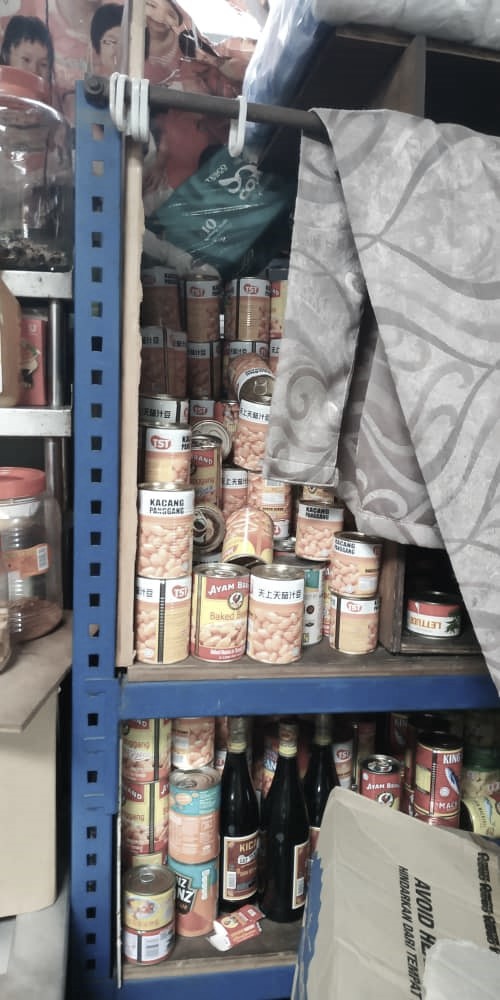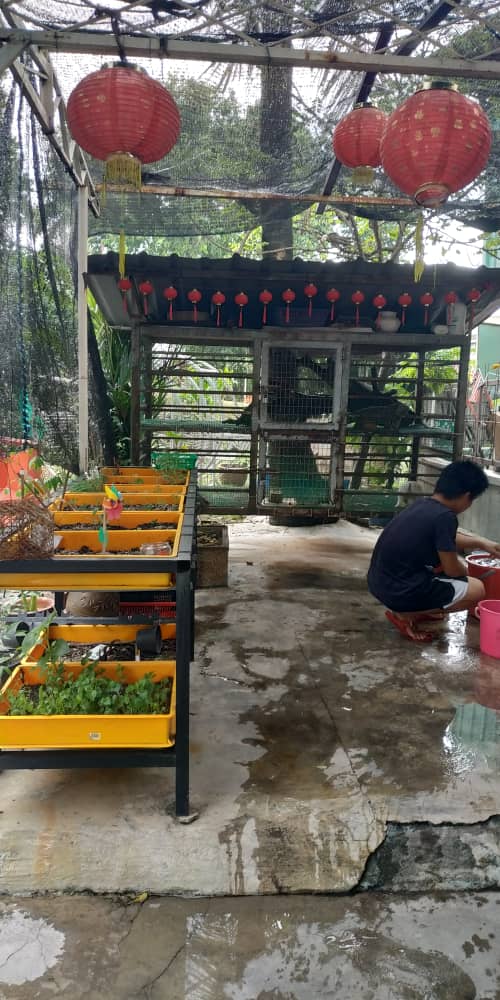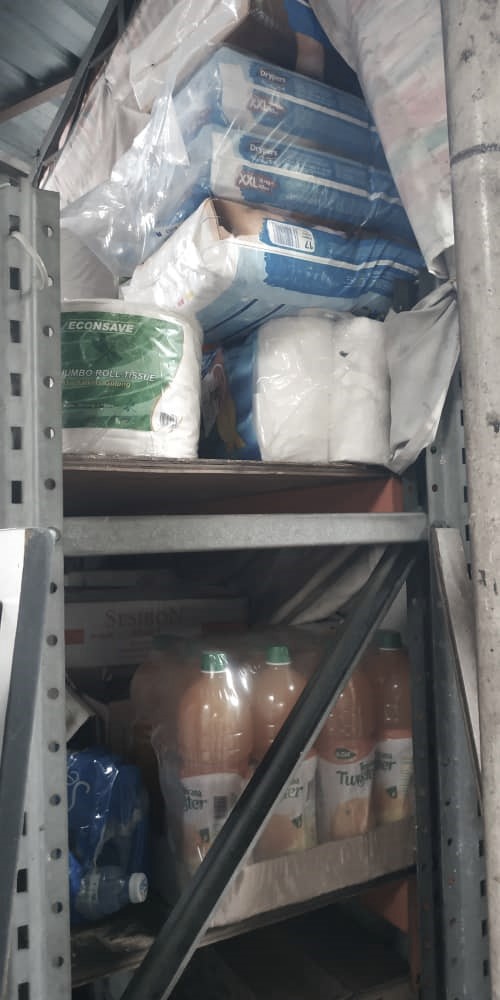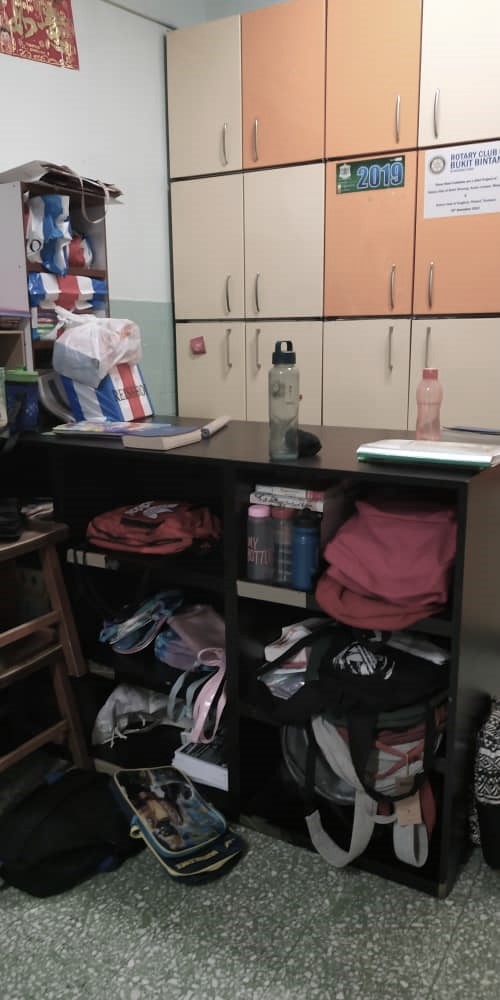[ PAVING IT FORWARD ] - Project - Giving Gives Back: Impacting Quality of Life
- Shi Jie

- Jul 6, 2019
- 3 min read
Updated: Dec 23, 2020
Hi, I am Yeo Shi Jie, 0330176.
The project delivers the message to us architecture students that architecture can affect the quality of life in our communities through involvement beyond classroom education or even practice. As a member of society, we can influence social conditions; architecture can be used as a catalyst to impact the social fabric- cause of positive social change.
As a future architect, we have a significant role in improving the well-being of communities by being involved with nonprofit organizations. We can raise public awareness of critical social and environmental issues. By introducing the skills necessary to use our knowledge of design and nature as a tool for addressing challenges in sustainability, we will gain a deeper understanding of environmental issues, and socially responsible solutions (sustainable products), needs of society, solving real-world challenges using creative and innovative ideas.
Basically, this project provides a platform for us to give back to the society in which they live. One of the main benefits of environmental -community service is that it builds a person’s character. It helps us to work on skills of being able to communicate with people, being able to work on a team, and being able to take on leadership role.
Objectives:
- To increase awareness of current environmental issues locally
- To induce creativity in attempting to explore the current environmental circumstances
- To allow students to explore the opportunity to work with the community and for the community
- To create awareness of the importance of creating and environmentally sustainable product/design/services
- To be able to understand and explain the principles of sustainability from environmental and social perspective
Tasks:
We have to identify an environmental-community related issue in your local community. The issues have to be genuine and any solution provided by our team must have an impact to the environment and community. We will need to visit site more then once to collect a variety of observation before making suggestions or proposals. Our observations should also include what is the main environmental-community related issue, who are affected, any particular organization directly related to the issue, what the people or community needs and etc. Our record of the observation can be in the form of written, video or visual.
Methodology:
Stage 1: Proposal > Identify issues > Ideas on usage of recycle/ reuse/waste/by product/ materials > Justification on solution-why, who, what, when and how > Estimation of duration
Stage 2: Approval of project proposal/project > Provide details of your project (graphics, design, layout etc depending on your issue and proposal) > Provide schedule of work planning on site (timeline/bar chart) > Execute work on site > Keep records of work progress (pictures, video and written)
Stage 3: Completion of work on site > Documentation on your project (issue, solution, process and final product)
Outcomes:
As a 6 members group, we have chosen Good Samaritan House, Klang, Selangor as our non-governmental organisation.
Presentation Boards:


Video Presentation:
Final Proposal:
Individual Reflection:
Group Pictures with Organisation:


Site Visit Pictures Attachments:
Reflections:
I feel very happy to get an A for this sustainable project with my teammates as we have worked so hard for this and execute a satisfied outcomes together. Being a member of the society, I feel very grateful to be able to engage in this community activity in the non-governmental organisation.
Throughout this sustainable project, I have applied my sustainable knowledge accompanied with my research to be able to identify environmental living issues within the society and able to provide sustainable solutions to give a sustainable lifestyle to the community. I feel very proud of it as an architecture student, this project not only gives me opportunity to experience hands-on execution of real life design situation, but also to feel the notion and needs of society so that I am able to understand the needs of society.
I have also learnt a lot of carpentry skills during the furniture making processes, and acquired the basic skill of using different tools and utilities. The most important thing is I was able to communicate and interact with the kids and my group members, as we have a lot of fun while learning together.
Taylor's Graduate Capabilities (TGCs):



I have acquired discipline specific knowledge skill as I am able to put theories into practice and understand professional practice of this sustainable module within the architecture field. Secondly, I have achieved good communication skill as I was able to communicate with my teammates and the society appropriately. Thirdly, I have gained citizenship and global perspectives as I have become more aware of and form opinions from diverse perspectives, and understand the value of being an architecture students so that I am able to be more responsible by engaging into community.






































Comments